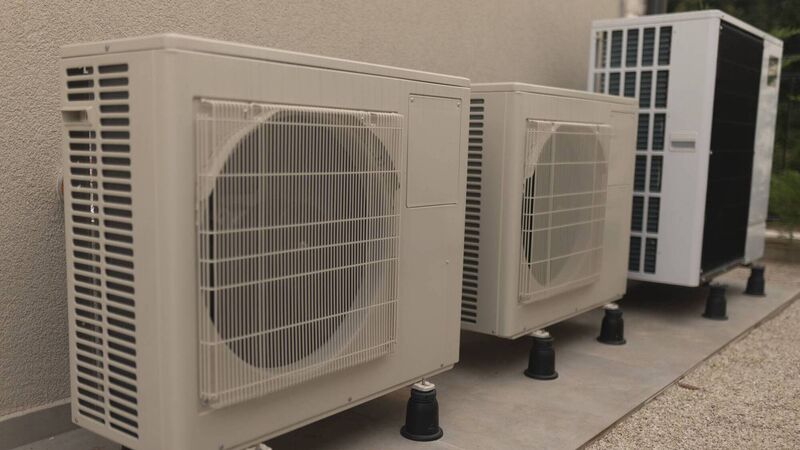Close the spark gap – smart taxes key to make electricity the easy choice

Heat pump technology can play a valuable role in promoting greater use of cleaner, greener electricity over gas and other fossil fuels, but the Government needs to ensure that electricity doesn't carry higher network charges and levies.
Ireland is rapidly increasing its use of wind and other renewables, but one major obstacle still slows down the shift from fossil fuels, the spark gap – the price difference between electricity and gas that makes clean technologies seem more expensive, even when they’re more efficient.
So what exactly is the spark gap?
The spark gap is the difference between what people pay for electricity and what they pay for gas. If electricity costs significantly more per unit on a bill, then households and businesses using electric heating, heat pumps, or electric boilers may end up paying higher monthly costs even though these technologies use energy many times more efficiently than their fossil fuel equivalent.
This gap isn’t just about production costs. It often comes down to how each energy source is taxed, charged and regulated. Electricity can carry higher network charges and levies, while gas may benefit from lower taxes built up over time. The result? People can feel penalised for choosing a cleaner option.
Closing that gap is essential if Ireland wants homes, businesses and industry to switch from fossil fuels to clean electricity at scale.
We should start by rebalancing how electricity and gas are priced. Electricity often faces higher charges and taxes than fossil fuels, which pushes bills up and slows adoption of electric heating and industrial systems.
Rebalancing these costs doesn’t mean making gas unaffordable. It means treating both energy sources fairly and recognising the higher efficiency of electric technologies.

Practical actions could include reducing or restructuring levies on electricity and ensuring gas and electricity face comparable tax treatment Over time, these adjustments make electricity feel like the sensible choice rather than the premium one.
Even when electric systems cost less to run long-term, upfront costs can put people off. Time-limited support can help overcome that barrier and give the market momentum. This support doesn’t need to be permanent, just long enough to build confidence and scale.
There are already a number of schemes run by the SEAI to provide supports for people looking to switch to electricity but with Irish electrification rates stagnant, should these be re-examined to see if additional or different supports could be put in place.
These should be particularly targeted at low-income families who struggle the most with high energy bills but would also find it more difficult to make the switch.
Another way to reduce costs would be to introduce smarter electricity tariffs. Electricity isn’t always equally expensive. When wind generation is high or overall demand is low, power can be cheaper to supply. Tariffs that reflect this allow people and businesses to benefit directly and reduce their effective energy costs.
Smart tariffs could include time-of-use pricing so households and businesses save by using power at off-peak or high-renewable times. Businesses could put in place flexible contracts that reduce costs when demand is shifted. Pricing could also be redesigned to reflect the carbon intensity of electricity.
When people can plan energy use around lower-cost periods, the spark gap shrinks without sacrificing comfort or productivity.
If Ireland narrows the spark gap, cleaner technologies stop looking like expensive alternatives and start becoming the obvious choice. That means greater energy security, more control over our energy costs and lower carbon emissions while building an electrification industry that can create and support green jobs.
By rebalancing energy charges, supporting the switch and modernising tariffs, Ireland can make electricity the practical, affordable option for households and businesses; and take a major step toward a cleaner energy system.













